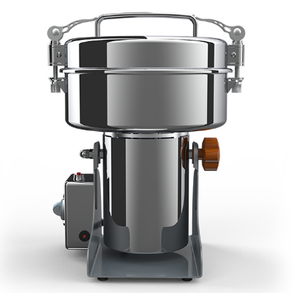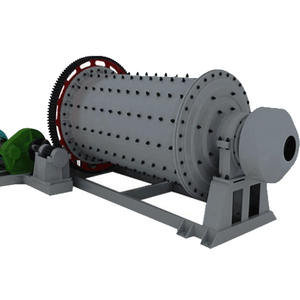Excavations are a fundamental aspect of construction, civil engineering, and infrastructure development, enabling the installation of foundations, utilities, and underground structures. However, they also present significant risks, with cave-ins standing out as the greatest danger associated with excavation work. A cave-in occurs when the walls of an excavation collapse suddenly, trapping or crushing workers beneath soil, debris, or equipment. These incidents are often fatal due to the sheer weight of the material involved—a single cubic yard of soil can weigh over 3,000 pounds—and the rapidity with which collapses occur. Understanding the causes, consequences, and preventive measures for cave-ins is critical to ensuring worksite safety.
(greatest danger associated with excavations?)
The primary factor contributing to cave-ins is soil instability. Soil type plays a pivotal role: cohesive soils like clay may temporarily hold vertical faces, while granular soils such as sand or gravel are prone to sudden failure. Even stable soils can weaken due to external factors like water infiltration from rainfall or nearby utilities, vibrations from heavy machinery, or excessive surcharge loads from adjacent structures or stored materials. Human error, such as inadequate planning, insufficient protective systems, or misjudging excavation depth, further exacerbates risks.
To mitigate cave-in hazards, regulatory bodies like OSHA (Occupational Safety and Health Administration) mandate the use of protective systems in trenches deeper than 5 feet. These systems include sloping, benching, shoring, and shielding. Sloping involves cutting back the trench wall at an angle to reduce pressure, while benching creates horizontal steps. Shoring uses hydraulic or mechanical supports to brace trench walls, and shielding employs trench boxes to protect workers within the excavation. The choice of system depends on soil classification, depth, and environmental conditions.
A competent person—defined as an individual trained to identify hazards and authorized to take corrective action—must inspect excavations daily and after any event that could compromise stability. This includes assessing soil conditions, checking for signs of tension cracks or bulging walls, and ensuring protective systems are correctly installed. Pre-job planning is equally vital, involving utility locates, groundwater management, and ensuring safe access and egress routes.
While cave-ins represent the most immediate threat, other excavation hazards demand attention. These include falls from edges, falling loads or equipment, hazardous atmospheres (e.g., toxic gases or oxygen deficiency in confined spaces), and mobile equipment accidents. Water accumulation can destabilize soil or drown workers, while underground utilities pose electrocution or gas explosion risks. A holistic safety approach must address these through barriers, atmospheric testing, dewatering, and strict equipment operating protocols.
Training is the cornerstone of excavation safety. Workers must understand soil mechanics, recognize warning signs, and know emergency procedures. Supervisors and engineers must enforce compliance with design specifications and resist pressures to bypass safety measures for expediency. Technological advancements, such as remote sensing for soil analysis or telematics for equipment monitoring, are enhancing hazard detection, but human vigilance remains irreplaceable.
(greatest danger associated with excavations?)
In conclusion, the greatest danger in excavations is unequivocally cave-ins, driven by soil instability and preventable through rigorous engineering controls and adherence to safety standards. However, complacency, inadequate training, or procedural shortcuts can turn an excavation site into a death trap. Mechanical engineers and construction professionals bear a moral and legal responsibility to prioritize safety over speed, ensuring every trench is designed, inspected, and maintained to protect human life. By integrating robust systems, continuous education, and a culture of accountability, the industry can significantly reduce excavation-related fatalities and injuries.


